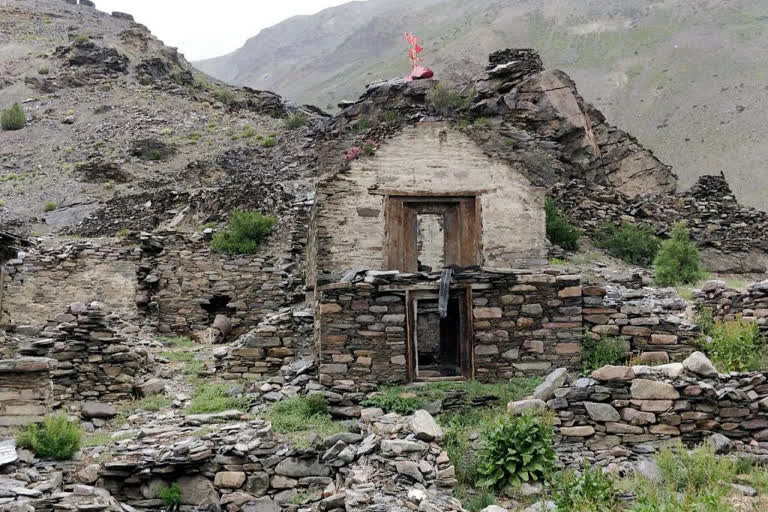Kibithu (Anjou district, Arunachal Pradesh): Faced with fast shrinking and thinning settlements all along the 1,125 km-long India-China in Arunachal Pradesh, India has embarked on an aggressive policy to set up, populate and develop villages all along the border under the ‘Vibrant Village Programme’ (VVP). The problem of depopulation and consequent spawning of ‘ghost villages’ is rampant in the entire stretch of the 3,488 km long India-China border.
To curb the migration, the Indian government started the VVP that was first announced in the Union Budget for 2022-23. While VVP proposes to cover border villages on the northern border having sparse population, limited connectivity and infrastructure, which often get left out from the development gains, under the latest policy initiative, it has subsumed all previous and existing schemes under it.
In total, the Union home ministry has identified about 2,300 villages for the entire length of the border extending from Ladakh, Uttarakhand, Himachal Pradesh, Sikkim to Arunachal Pradesh. In this effort and especially in Arunachal Pradesh, the Indian Army is a key stakeholder. Said a senior officer of the 2 Mountain Division that is mandated with the responsibility of the frontier with China in India’s Northeast: “As many as 990 villages in five districts of Arunachal Pradesh have been identified under the Vibrant Village Programme out of which the Army has identified 77 villages on the border.”
The VVP has a military component because frontier villages serve as the first line of security as the inhabitants can act as ‘eyes and ears’ and be border sentinels against China. Pasang Dorjee Sona, speaker of the Arunchal Pradesh state assembly, told ETV Bharat: “It is a major problem for us in Arunachal and we have lots of discussions on how to curb it including in the state assembly and we have sent several reports to the powers that be. Because of the vacuum created by migrating people, it is giving an opportunity for people of our neighbouring country to vacate into our territory and space.”
Arunachal Pradesh already is India’s lowest population density state with just 17 persons per sq km. Being the biggest state in India’s Northeast, it had a population of 13,82,611 in 2011. About 2.7 lakh or 20% of the total state’s population reside in the about 1,600 villages of the 41 border blocks. As a result of the migration of people in Arunachal Pradesh from the high altitude border areas to the lower reaches, many of these settlements have become ‘ghost villages’.
On the reasons as to why people migrate, Sona said: “The three main reasons are lack of health infrastructure, absence of quality education for the children and dearth of sources of livelihood or employment.” The reasons are understandable in the treacherous border that straddles one of the world’s most difficult and extreme terrains on the Himalayas.
On the other side of the border, facing problems of depopulation and scanty habitat along its border facing India, China, since 2017, has been relentlessly pursuing a ‘Xiaokang’ village policy. ‘Xiaokang’ refers to moderately prosperous societies--a vision the Chinese Communist Party aims to achieve. The 'Xiaokang' border village plan comprised setting up 628 well-laid out modern villages across 21 border counties to be populated by about 62,160 households with a total of about 2,41,835 people in the Tibetan frontier that stretches from Ngari, across Ladakh, to Nyingchi, across Mechuka in Arunachal Pradesh to Myanmar.
Till 2020, about 604 villages had been constructed at a cost of 30 billion yuan ($4.6 billion). In 2014, soon after the BJP-led NDA swept into power, the then Arunachal Pradesh Governor Lt Gen Nirbhay Sharma (Rtd) had written a letter to the PMO flagging the thinning of the border.
Gen Sharma had written: “The issue needs to be addressed urgently or else, apart from a constant threat of ingress, gradual assimilation of our area by China is along the cards, on the lines already witnessed in North Myanmar... The thrust of development peters out as it ascends towards the LAC. Consequently there is a thinning out of the border population which comes down to the lower heights to seek better opportunities.”



